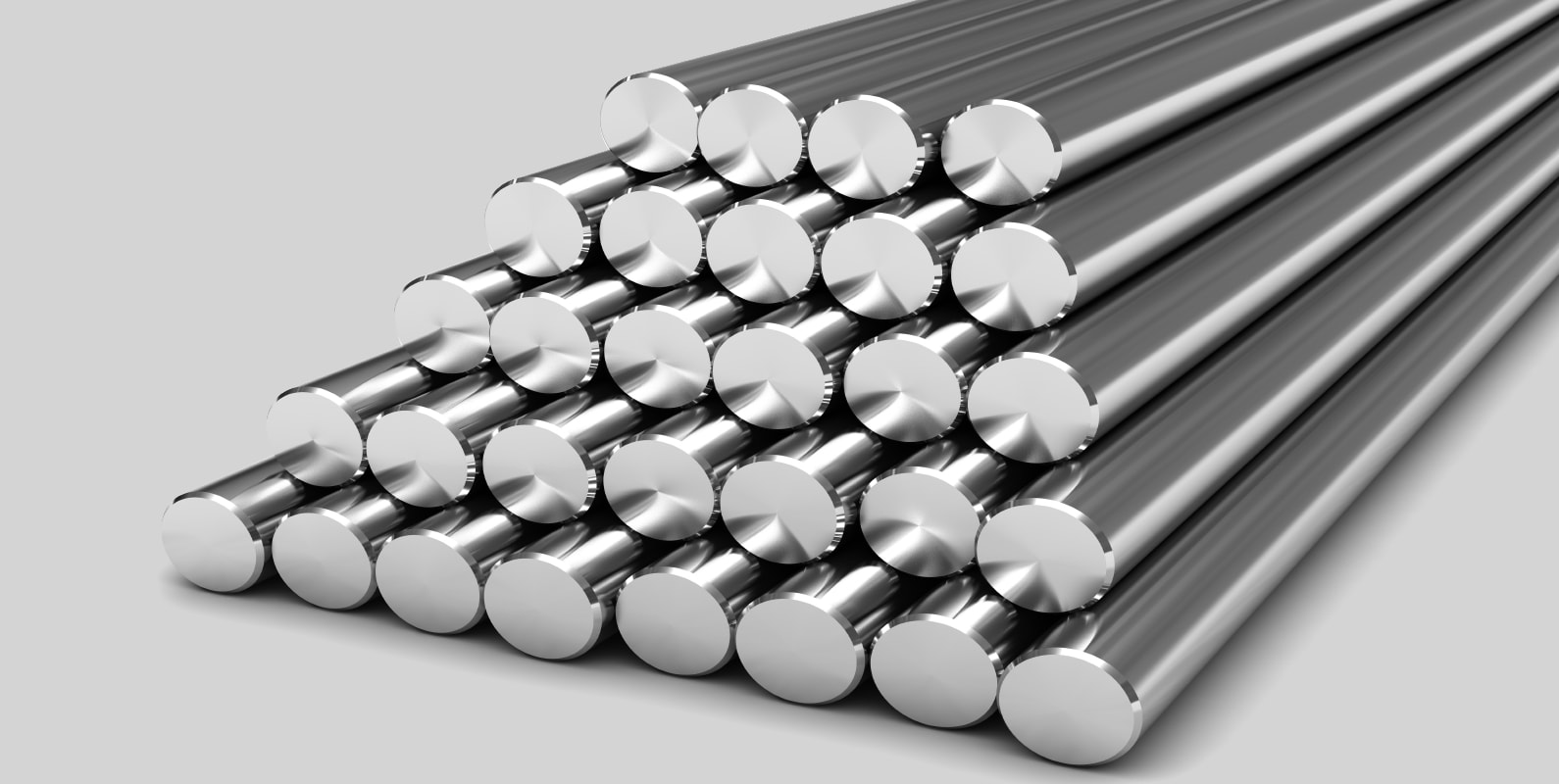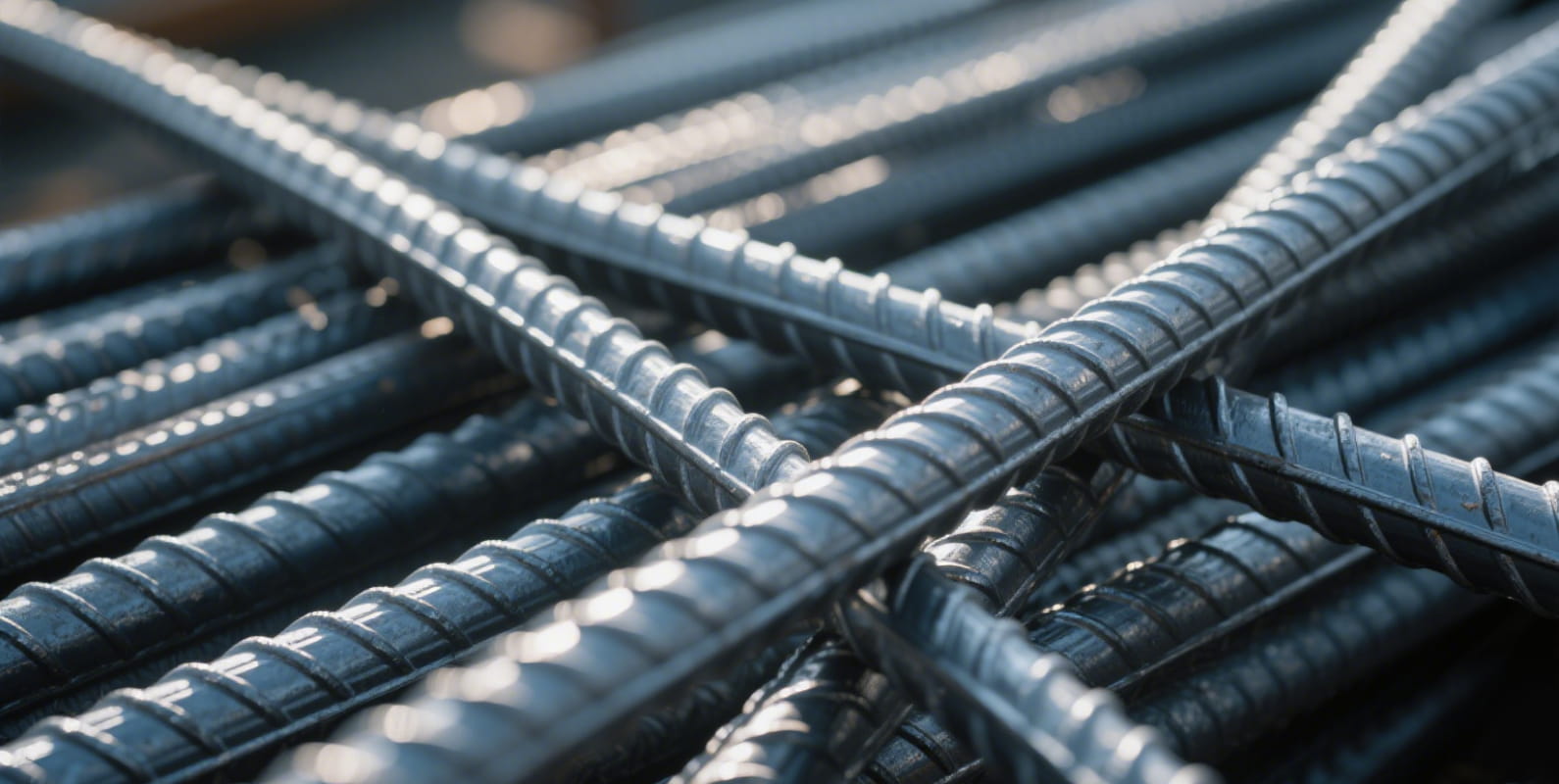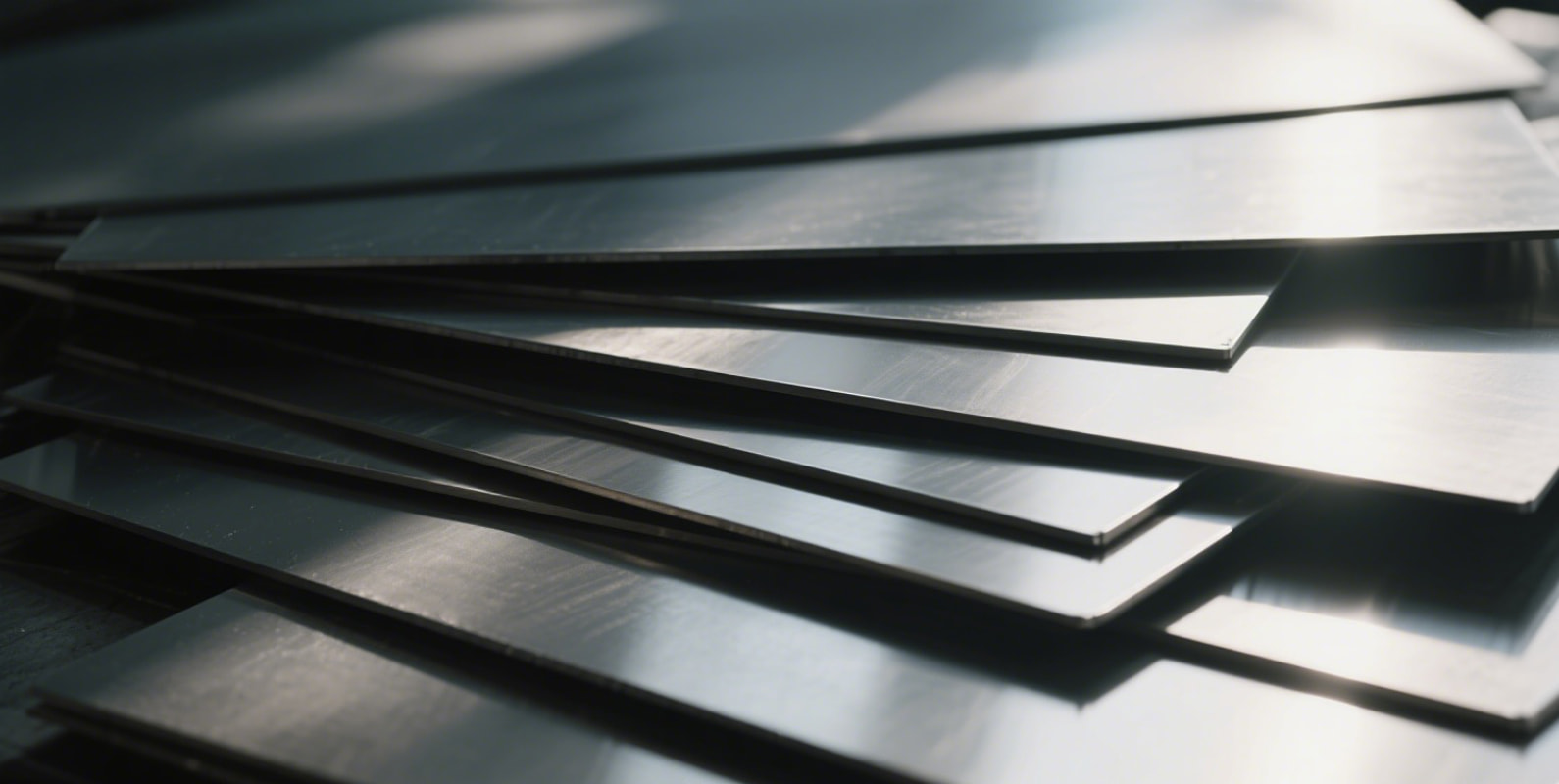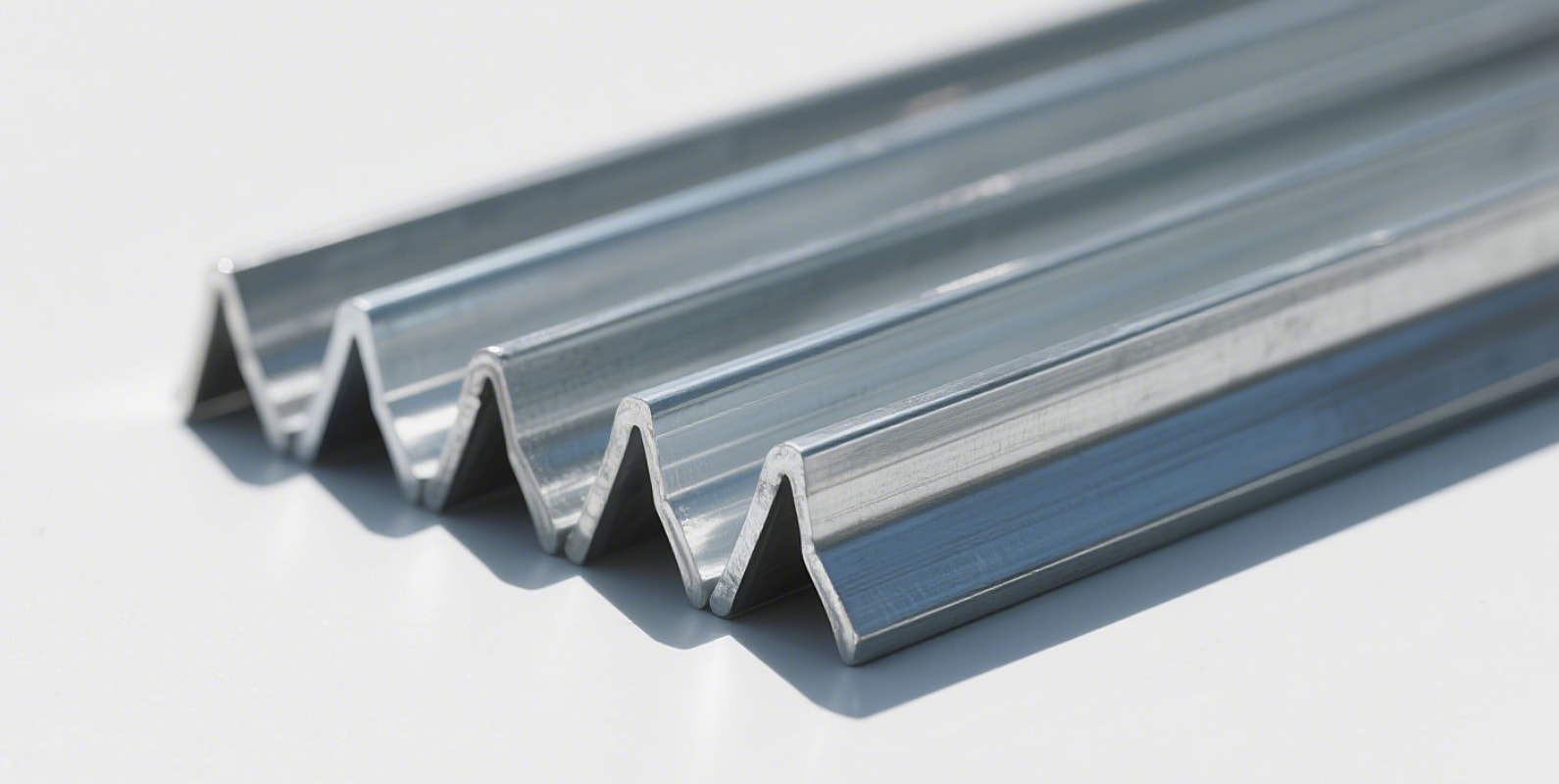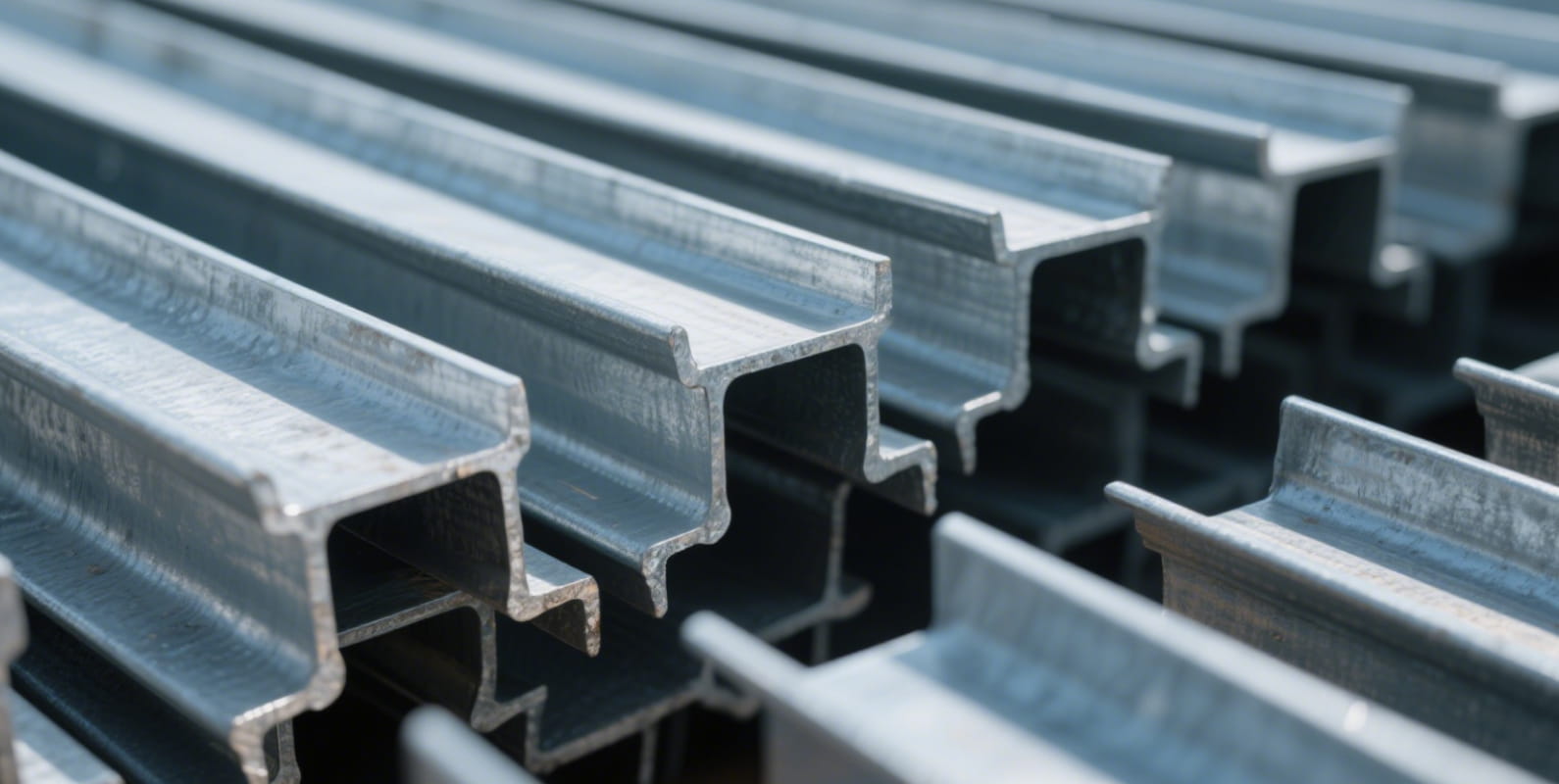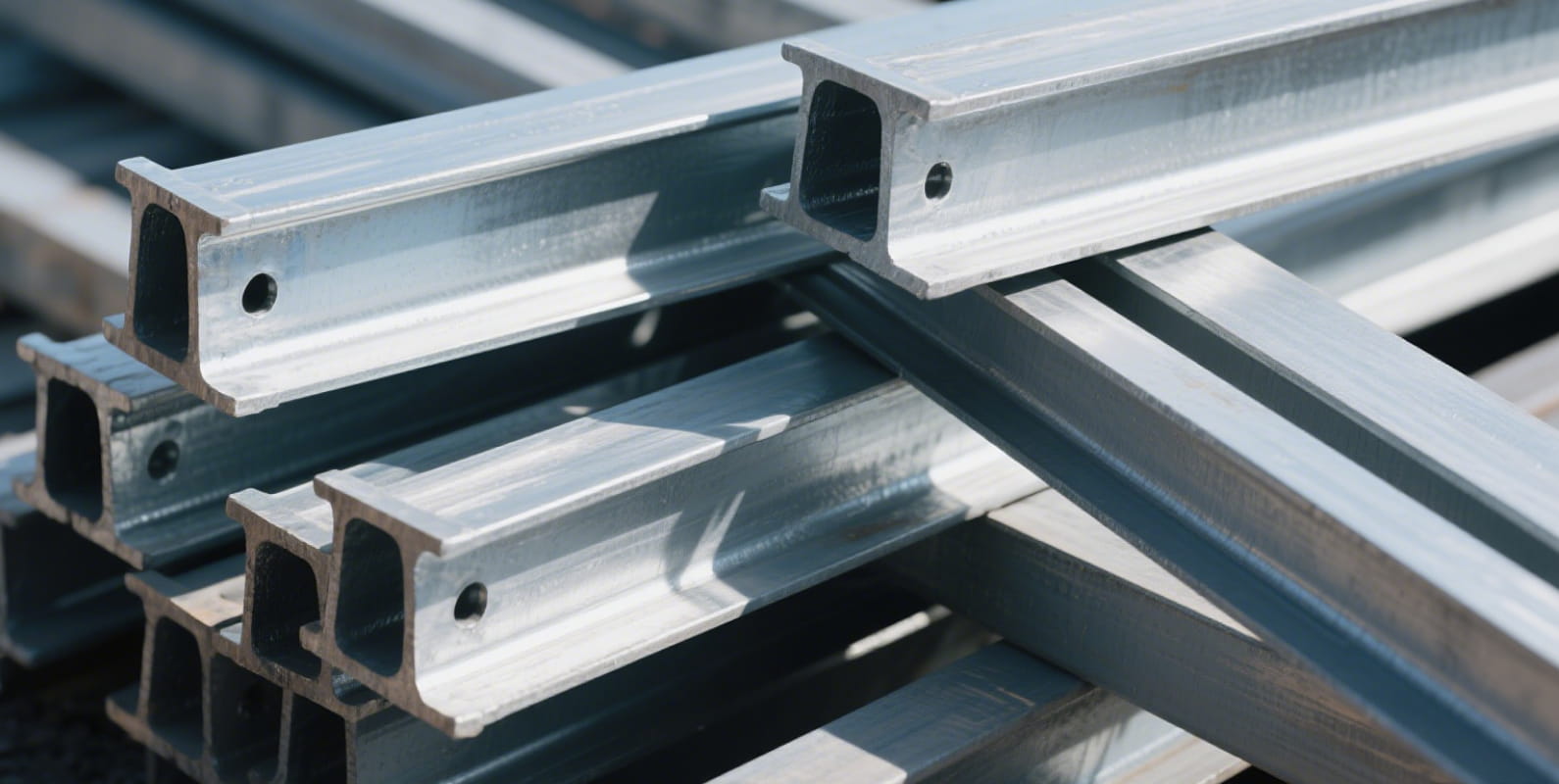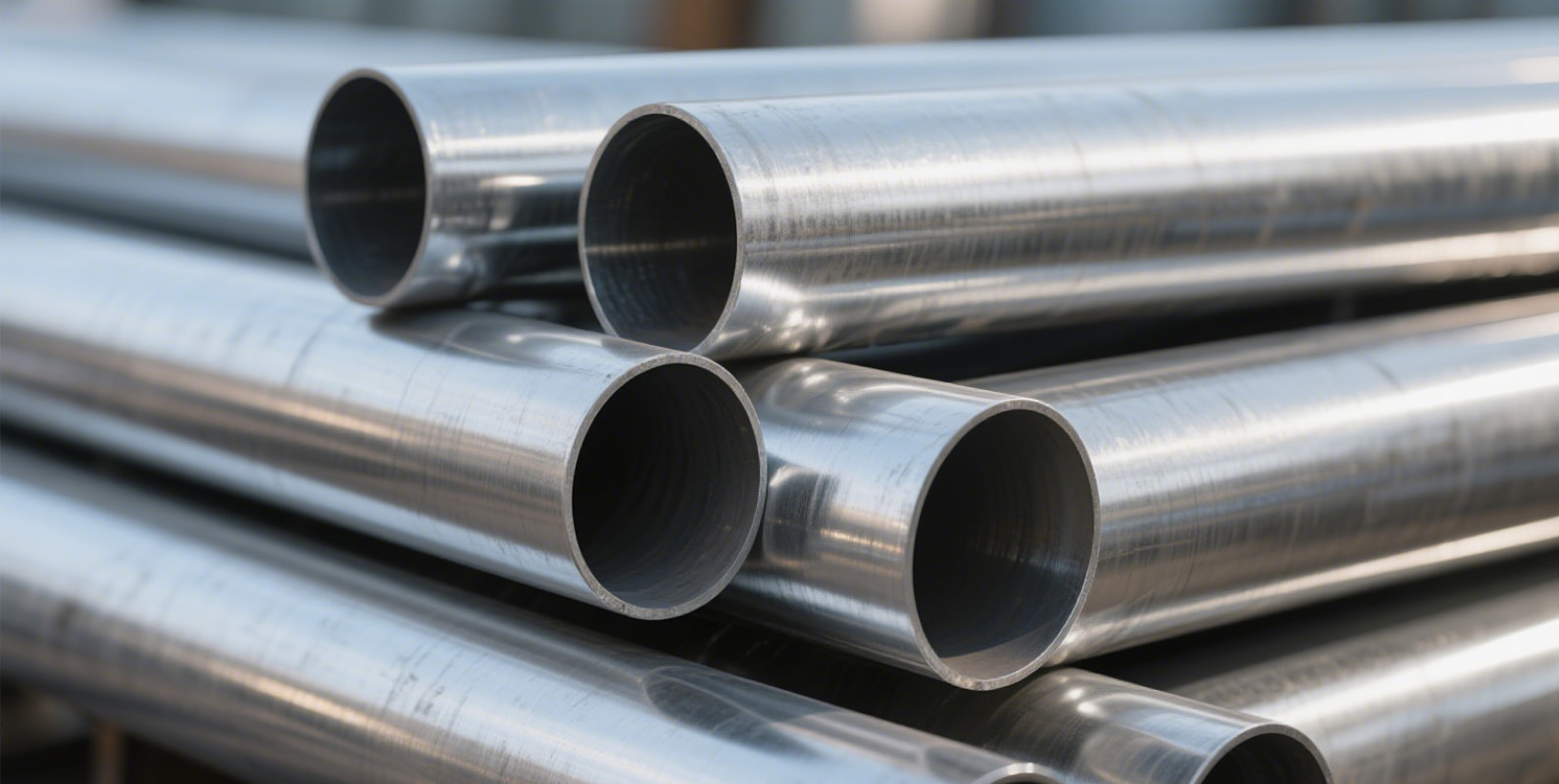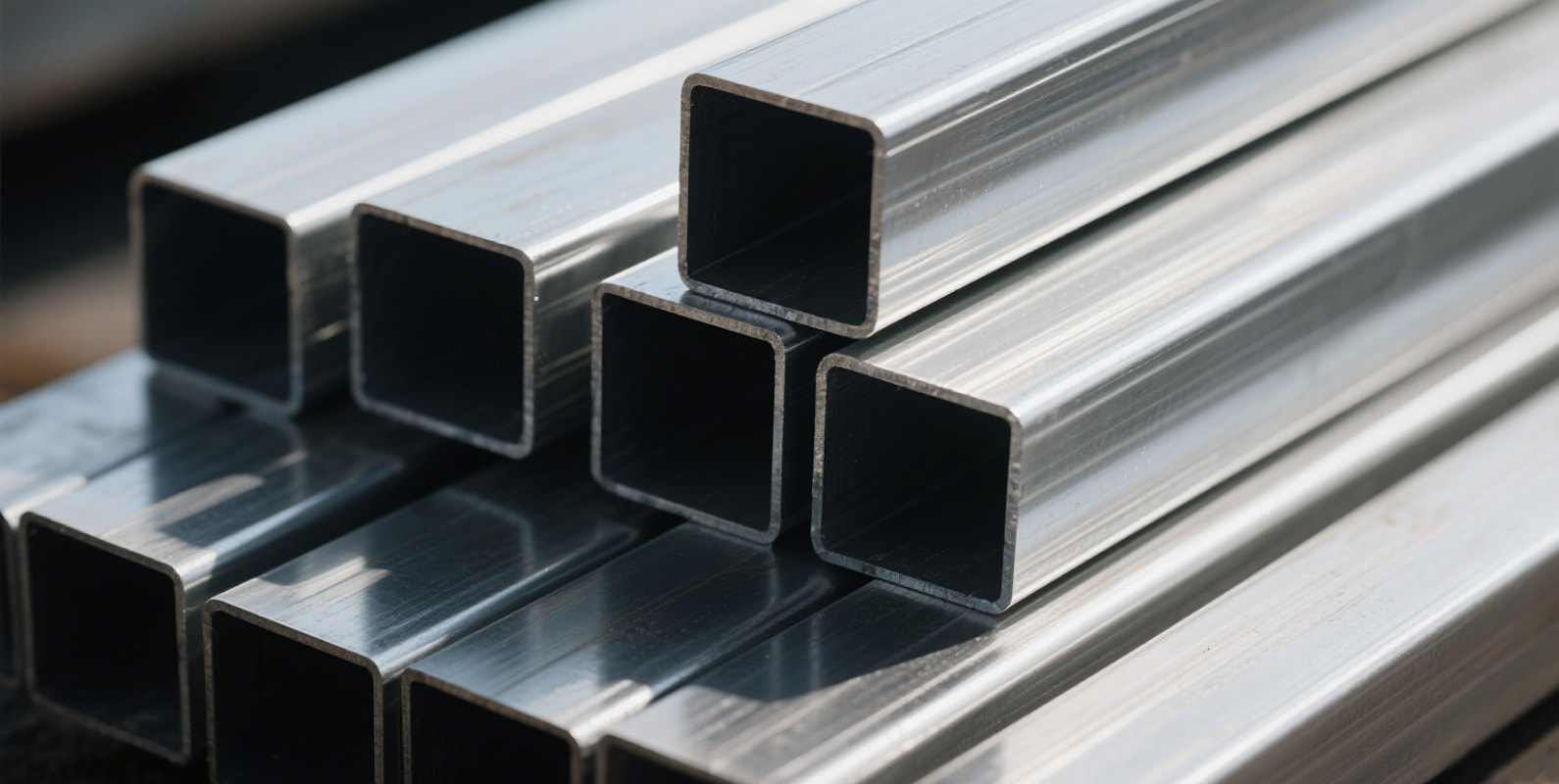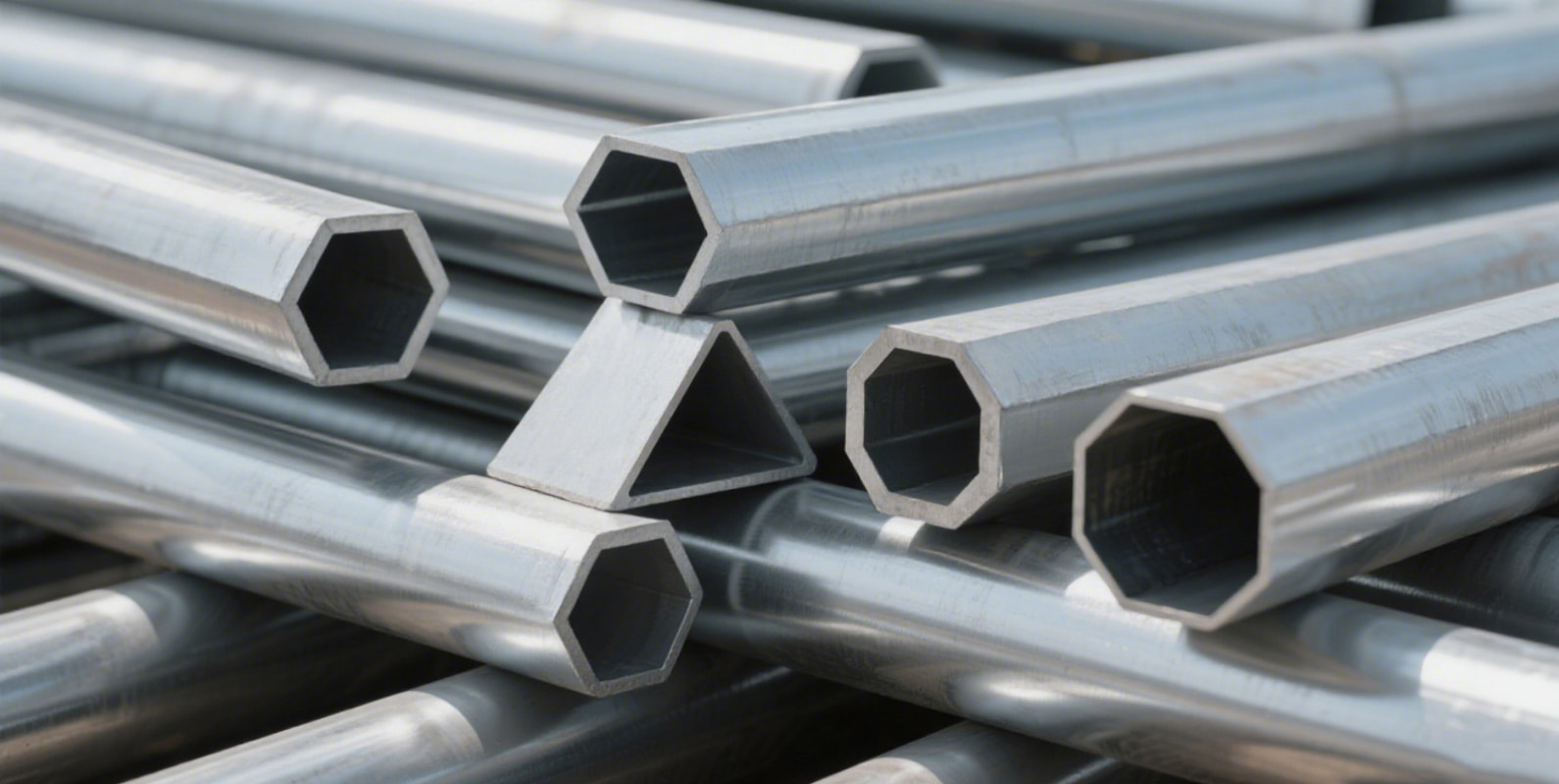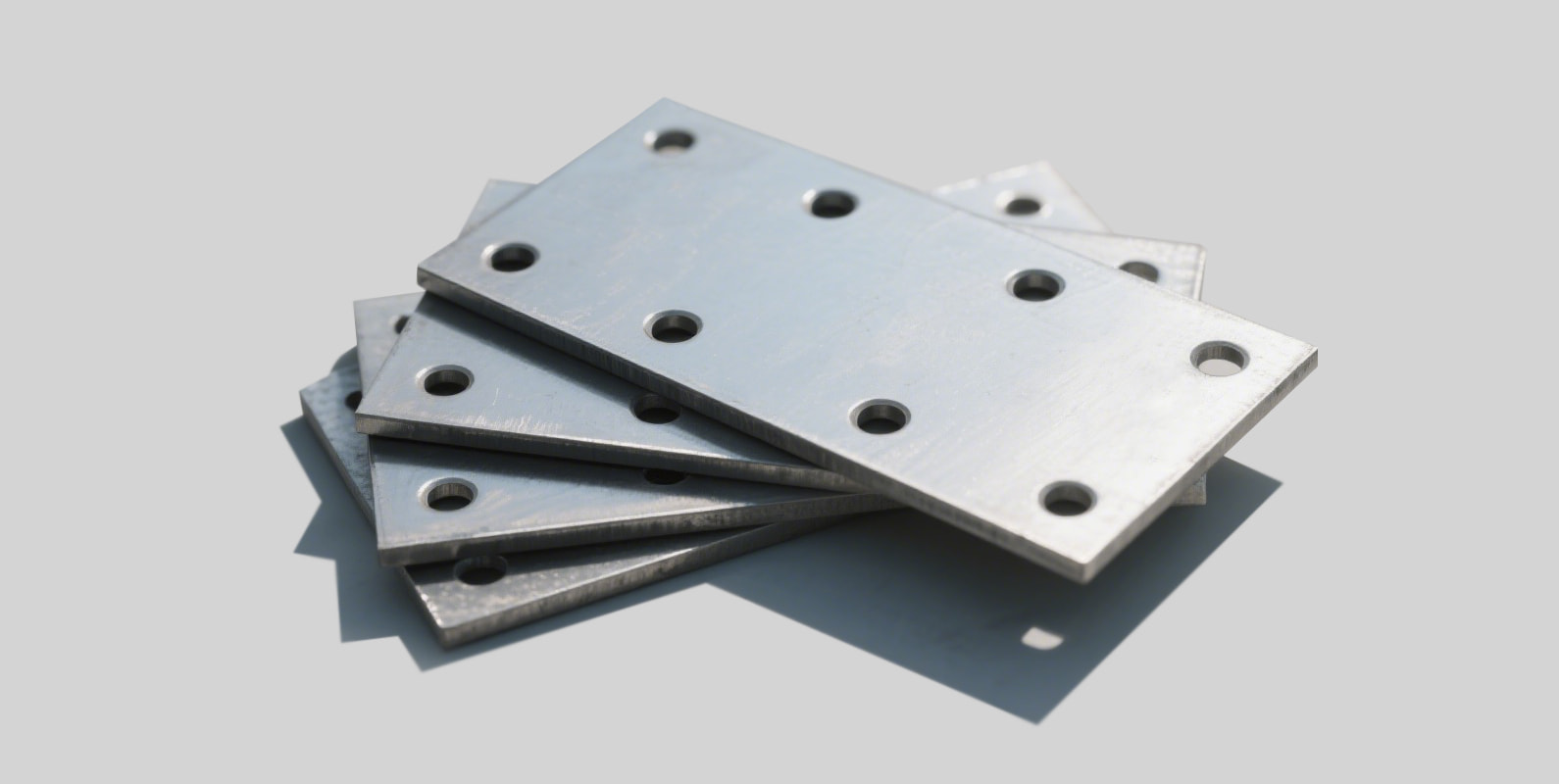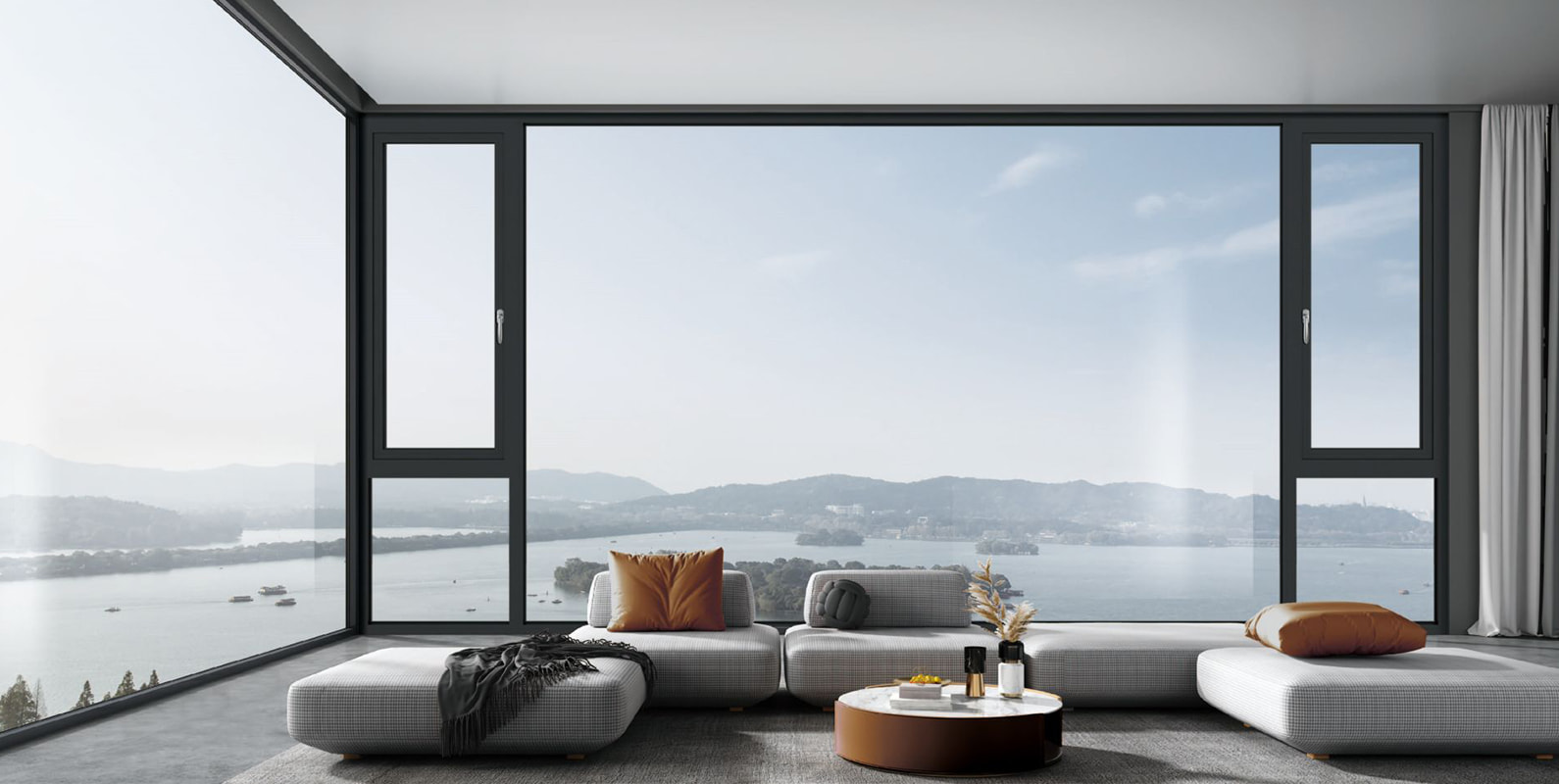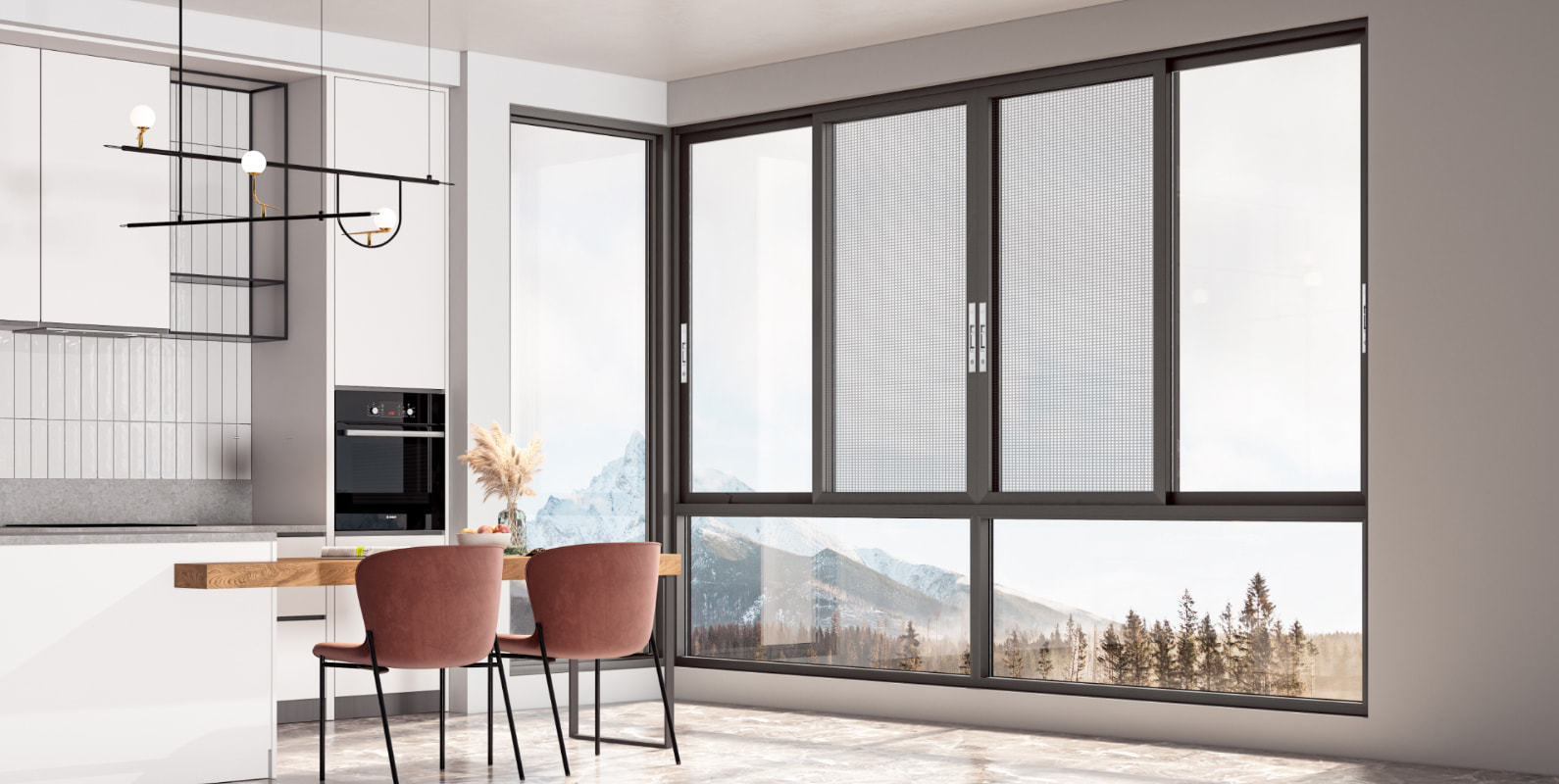Round steel is a type of smooth-surfaced, ribless cylindrical rebar with a uniform circular cross-section. Typically made from low-carbon or ordinary carbon steel, it offers good plasticity and toughness, making it easy to bend, tie, and weld. Due to the absence of surface ribs, its bonding with concrete relies primarily on friction, which makes it more suitable for components subjected to lower loads—such as tie columns, ring beams, and distribution bars in floor slabs—or as auxiliary reinforcement. In construction, round steel is commonly used as stirrups, connection bars, or reinforcement for temporary support structures. Compared with deformed rebar, round steel has slightly weaker mechanical interlocking with concrete, but its simplicity and ease of fabrication make it an essential basic steel material in building projects.
Zhongya Smart Windows & Doors — every open and close marks a moment of peace of mind.


 中文简体
中文简体 English
English